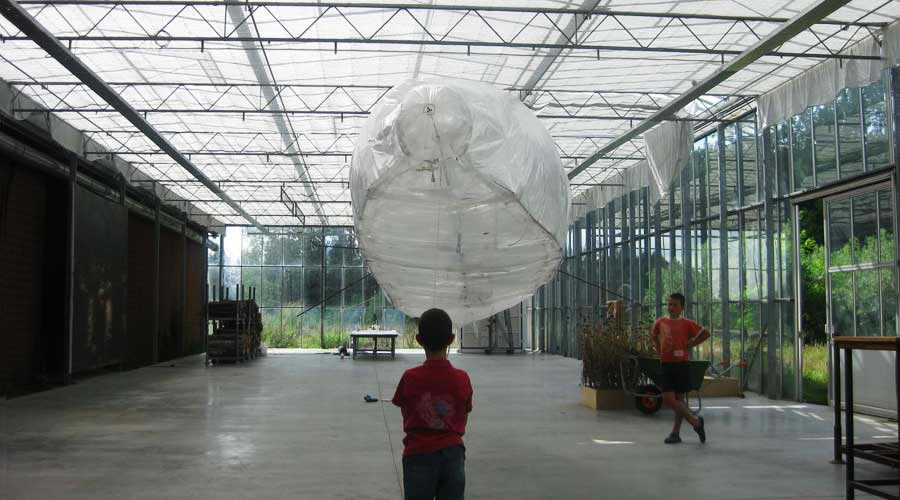 |
||||||||||||||||||||||
To this goal an experimental, remote-controlled model was realized in the Verbeke Foundation. Construction materials are Mylar foil, carbon fiber and Dyneema wire. Overall mass is 6,6 kg for a length of 8,6 meters. It is filled with helium. Developing this model in a public space inside an arts center has had several advantages. As a consequence, the model is not presented as a glossy, finished object. Epoxy repairs, tied-on extra parts and the Scotch tape on the gas bags show the modifications that were made during testing & development.
|
||||||||||||||||||||||
 |
||||||||||||||||||||||
| Video of testflight | ||||||||||||||||||||||
These deformations can be used to control aerodynamic lift and allows the ship to steer along its yaw axis.
|
||||||||||||||||||||||
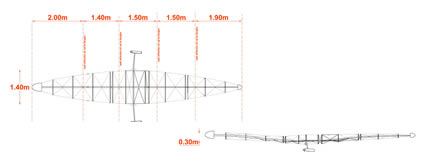 |
||||||||||||||||||||||
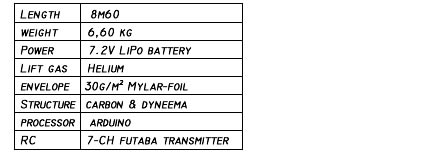 |
||||||||||||||||||||||
 |
||||||||||||||||||||||
|
||||||||||||||||||||||
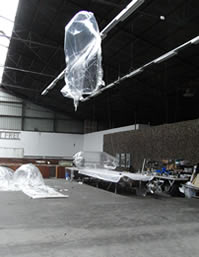 |
Final leak control. Partially filled balloon, attached with rope. Lift over time is obtained by removing callibrated ballast pieces to keep the system balanced. |
|||||||||||||||||||||
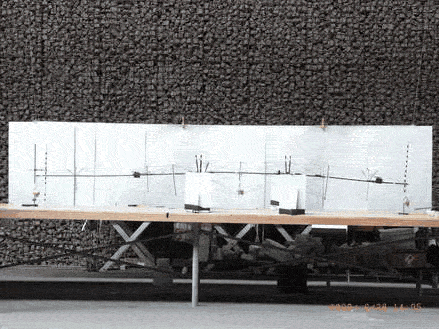 |
||||||||||||||||||||||
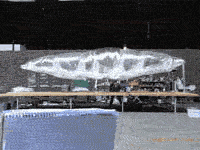 |
||||||||||||||||||||||
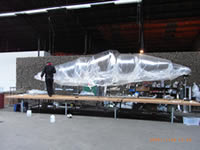 |
||||||||||||||||||||||
| Load test on inverted carbon structure | ||||||||||||||||||||||
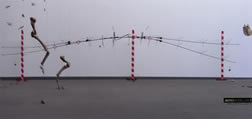 |
||||||||||||||||||||||
Model above build table, testing vertical hinges |
||||||||||||||||||||||
|
||||||||||||||||||||||
| Additional images of these tests can be found on the Facebook-page | ||||||||||||||||||||||
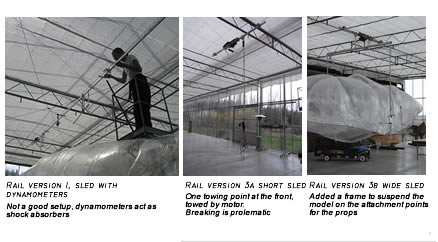 |
||||||||||||||||||||||
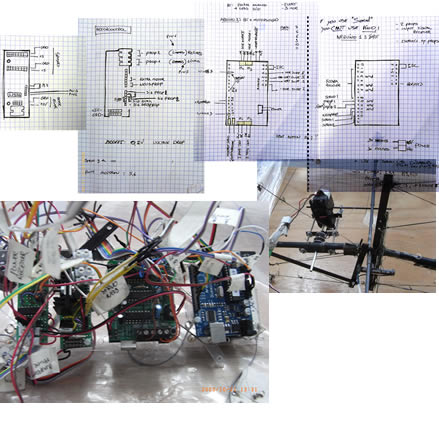 |
||||||||||||||||||||||
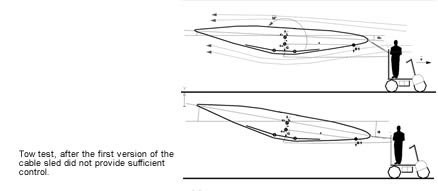 |
||||||||||||||||||||||
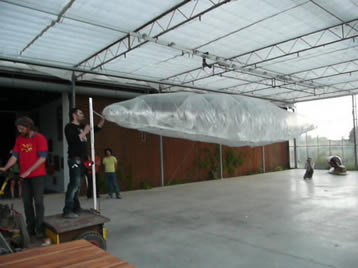 |
|
|||||||||||||||||||||
| Also: : - Report B: Experimental Setup (pdf) | ||||||||||||||||||||||
 |
||||||||||||||||||||||
![]()
Currently working on:
Windtunnel tests at Erasmus and building my own tunnel at the workshop in Antwerp
in collaboration with VUB, Brussels
Building & running the Brussels fablab at www.fablab-brussels.be
![]()
If you wish to be informed on the progress into the project, upcoming exhibitions or events, you can subscribe to the newsletter here. The newsletter is sent 4 to 8 times a year. No newsletter will be sent without the option to unsubscribe.
This link will compose an email with the subject "newsletter subscription'. It can be sent blanc.
Alternatively you can manually send an email to inschrijving@aeromodeller2.be with the subject 'newsletter subscription'.
| newsletter subscription |
|
